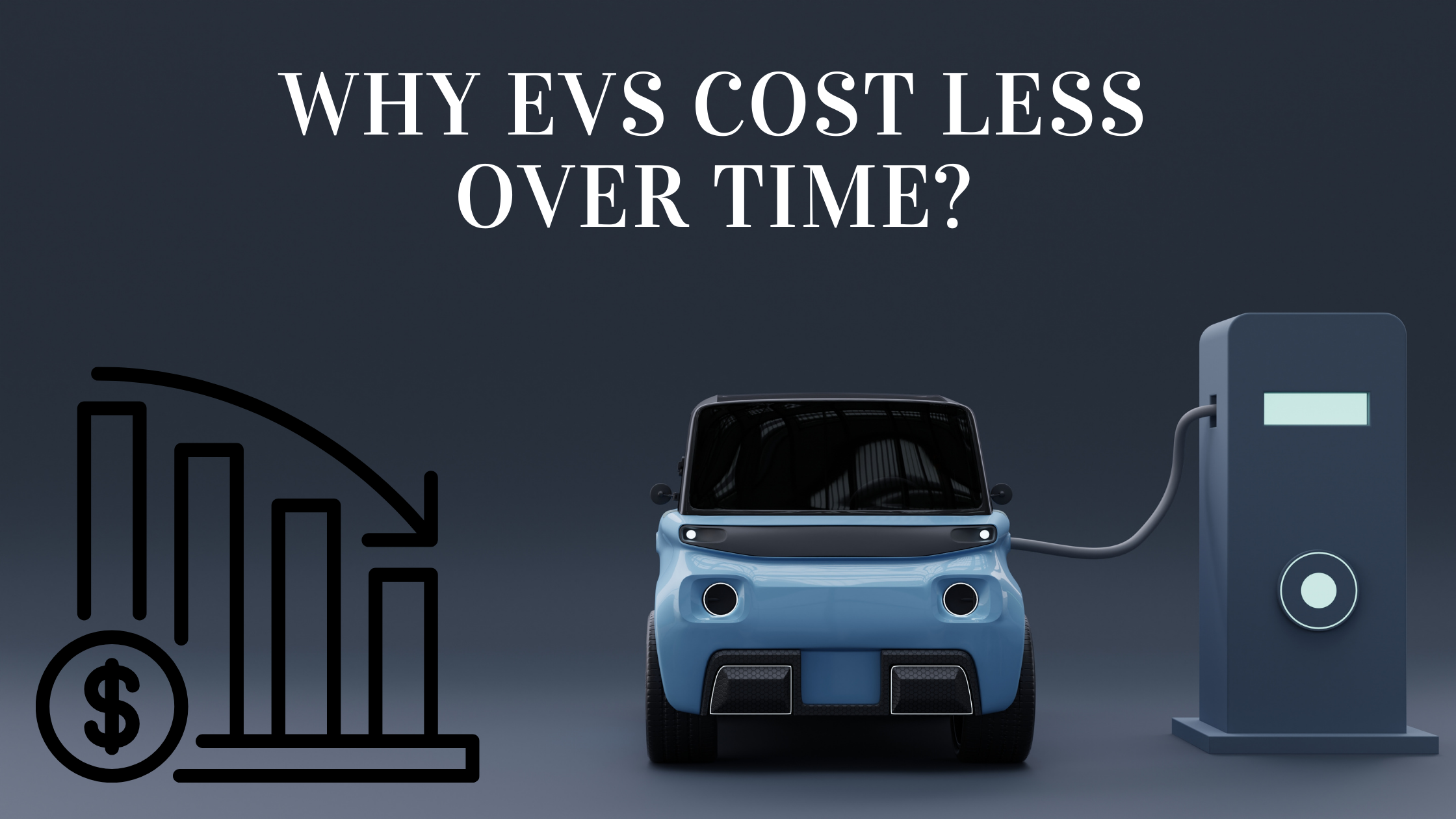When initially comparing electric and gasoline-powered vehicles in the showroom, lower upfront sticker prices for equivalent gas cars almost always seize consumer attention alluring tight budgets. However, experienced EV drivers understand ownership costs well beyond the initial transaction determine true value spanning typical 5-7 year terms between new vehicle upgrades.
By examining key factors like fueling, maintenance, government incentives and resale values, electric vehicles can potentially save owners over $780 annually against gasoline car operating expenses given current real-world 2023 economics. But projected 2027 sticker price parity models suggest substantially higher 9-year compounded savings from switching to cheaper-to-run EVs this decade.
Dramatic Energy Cost Savings
65%+ Reduced Fuel Expenditures
For drivers covering average 12,500 miles per year, an efficient 25 MPG gas sedan consumes 14 cents worth of $3.50 price per gallon fuel every mile. That equates to $1,750 yearly for typical commuters. Comparatively, driving an 3.7 miles per kWh electric vehicle at average US 15 cent per kWh residential electricity rates equates to approximately 4 cents per mile electrically – or just $500 annually. This translates to 65-70% potential savings on the largest variable ownership cost: fueling daily commutes and weekend errands.
Thousands in Gas Displacement Earnings
$1250+ discounts per year on energy costs add up quickly. At those rates, fuel savings from transitioning to electric vehicles earn back any mildly higher upfront sticker prices over gas counterparts within 3-4 years before most consumers trade into newer cars. And those projections remain conservative if factoring super off-peak overnight residential charging rates dipping below 10 cents per kWh in many regions – providing EV drivers 80%+ gas displacement fuel savings.
Minimized Maintenance Requirements
ICEs Require Far More Upkeep
While maintenance varies across models, according to Consumer Reports analysis the average gasoline sedan requires over $700 in preventative maintenance charges annually between 30k, 60k and 90k factory recommended major service intervals. These expenses encompass oil and transmission fluid changes, timing belt replacements, radiator flushes along with related engine component inspections and potential repairs.
EVs Slashed Annual Services Over 50%
Meanwhile, pure battery electric vehicles lacking complex engines and gearboxes rarely require more than $300 yearly in basic tire rotations, brake pad swaps, and cabin air filter changes across the same mileage-based service schedule. By eliminating most lubricated mechanical components prone to wearing out or needing heat-cycling based fluid replacements, EVs reduce annual maintenance outlays over 50% conservatively.
Purchase Incentives
Rebates & Credits Nullify Upfront Premiums
Until rising lithium-ion battery gigafactory production scales induce purchase price parity sometime later this decade, electric vehicles still carry mildly higher manufacturer suggested retail prices over gasoline-powered equivalents across most mainstream segments.
However, federal and state purchase incentives momentarily nullify those upfront EV premiums for budget-focused shoppers during this transitional period through 2025. Once underlying battery pack costs directly reach cost equilibrium against internal combustion powertrains thereafter, incentives get phased out converging true sticker prices.
Total Transaction Discounts Around $10k
In the United States, a $7500 federal tax credit lowers EV transactions for qualifying American-assembled models like the Chevy Bolt and Ford Mustang Mach-E. Additional state-level bonuses like California’s $2000 cash back program further reduce deals at the dealership, combining to bridge upfront differentials through compelling 10-15% initial ownership price advantages favoring electric.


Leave a Reply